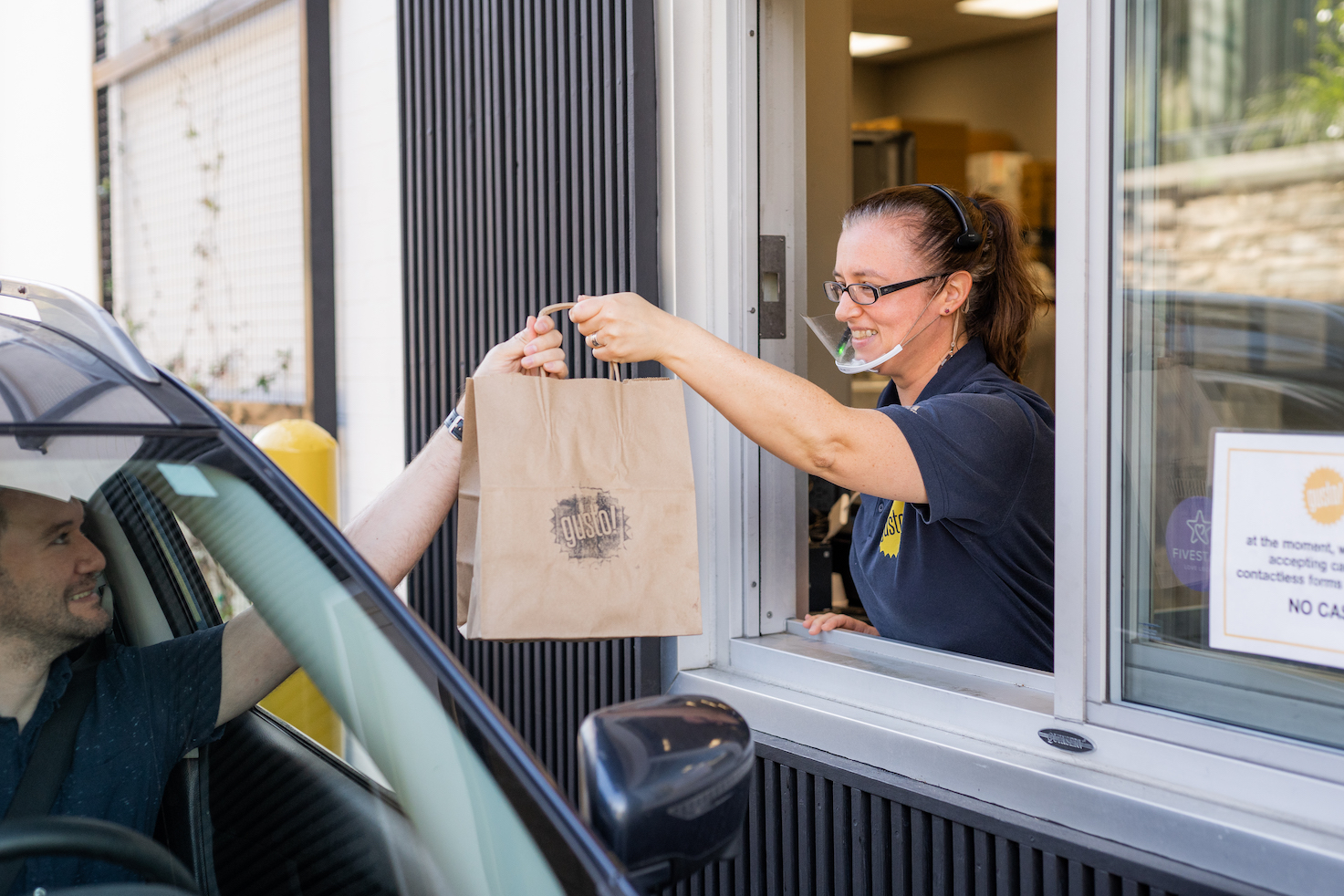Call Sales: +1 (833) 437-3835
Call Sales: +1 (833) 437-3835
Chris Lybeer | January 28, 2022 |

Revel’s Chief Strategy Officer Chris Lybeer kicks off the new year by sharing his perspective on the state of the point of sale (POS) industry, as well as a preview of his predictions for 2022. In case you missed his last blog post, Chris takes a look back at industry inflection points in 2021.
Last year, I shared my thoughts on a seemingly radical assertion: why I think the POS is dead. My thoughts around that claim haven’t changed, and if anything, they’ve accelerated.
Implementing a holistic transaction platform is truly the only way to remain nimble enough for success, and that goes for businesses of all shapes and sizes—from quick service restaurants (QSR), to table service restaurants (TSR) to coffee shops and pizzerias.
Let’s take a look at some of the latest industry shifts that I believe are having the greatest impact on what operators are now considering when it comes to choosing a POS.
I think it’s important that, as an industry, we stop differentiating between the POS needs of QSRs, TSRs, and every type of restaurant in between. Each vertical shares so many of the same wins, grievances and operational requirements as the others. In fact, I think it’s fair to say that 90 percent of restaurants require very similar functionality from their POS, which today consists of flexibility at its core.
In my opinion, the answer is to ditch the focus on buying a POS that caters to a specific restaurant type, and invest in a holistic transaction platform that doesn’t just have POS features bolted on, but natively ingrained.
For example, when the pandemic sent the restaurant industry into an off-premises tailspin in 2020, all restaurants needed to be able to set up off-premises capabilities within a few weeks. And that included TSRs. Fine dining didn’t go anywhere, but we quickly noticed that TSRs were offering curbside pickup no different than the major QSRs of the world.
More critical yet, they needed these capabilities to fully integrate with their POS to avoid fragmented operations. However, I think this is still a very new way of thinking for an industry that has been historically slower at welcoming new technology.
One size no longer fits all when it comes to a POS platform. Advancements in consumer technology—paired with a pandemic that swiftly put additional pressures on operators—have created a far less forgiving customer experience. The right point of sale provides built-in flexibility so that operators can throttle different levers as needed.
I’ve said it before in this series, and I’ll say it again. Part of the answer is enabling omnichannel commerce. Merchants who found themselves unable to quickly support omnichannel commerce perhaps hurt the most in the early days of the pandemic.
The omnichannel approach—which fully integrates the shopping experience across brick and mortar, in-app online ordering, and more—was and will continue to be an essential asset to businesses both big and small. Your business must meet your customer wherever they are to accept their order, whether it be in person or on the move. And, it’s important to note that the number of available channels is only expanding.
As I mentioned, we’re focused on making the omnichannel experience even more seamless in 2022. And with the increase in channels driving revenue for restaurants today, it’s even more critical for operators to be able to report on these various channels and turn levers as needed.
We’re developing even more powerful reporting to help operators more easily realize the value of these revenue streams, as well as monitor the financial and personnel outputs they require.
If there’s any silver lining I can pull out of the pandemic, it’s that operators are learning to embrace technology at a faster pace than ever before rather than fear it. This means platform adoption is at an all-time high, and our team at Revel is excited to welcome in a new wave of users to our cloud-native platform.
My dream is that after two challenging years, the lessons learned from the pandemic will actually take merchants to new, all-time highs—including increased revenue and profit—because they have more distribution options for consumers than ever before.
As the bolted-on solutions of 2020 continue to fall off and operators realize the importance of integrated solutions, we’d love to chat with you about how Revel can help.